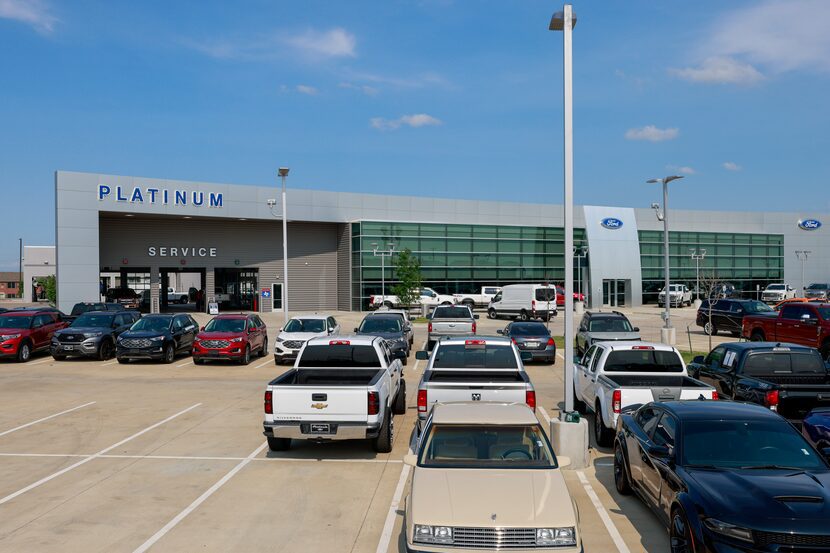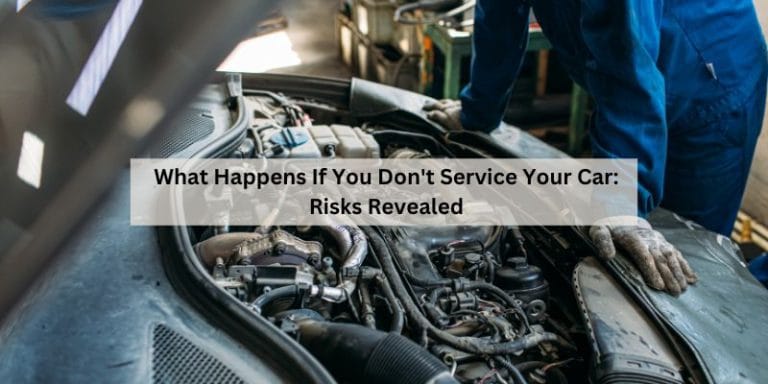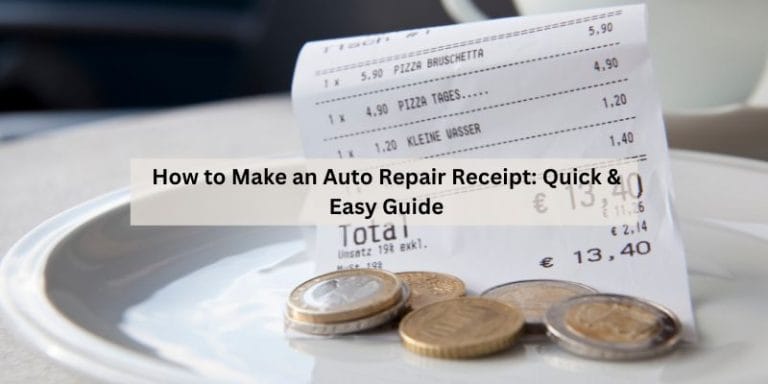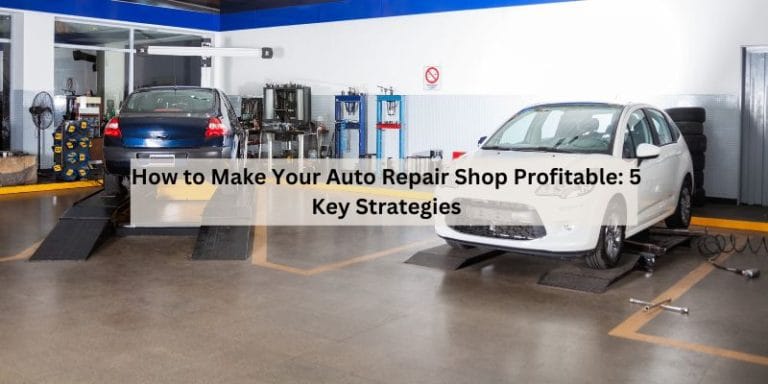When Will Car Inventory Return to Normal: Latest Expert Insights
Car inventory shortages have left many buyers frustrated. The big question is, when will car inventory return to normal?
The COVID-19 pandemic disrupted the global supply chain, causing a significant decline in car production. Factories shut down, and chip shortages added to the problem. As the world slowly recovers, car manufacturers are working hard to catch up. But it’s not just about making cars; it’s also about getting them to dealerships.
This process takes time and coordination. While some experts predict improvement in the near future, others believe it may take a year or more to fully stabilize. Understanding these factors can help buyers plan better and make informed decisions. So, let’s dive deeper into the current state of car inventory and what to expect moving forward.
Current State Of Car Inventory
The pandemic changed everything. Factories closed. Workers stayed home. This stopped car production. Car sales dropped. People saved money. Dealerships had fewer cars to sell. Less demand meant fewer cars were made. Fewer cars were sold. The impact was huge.
Parts were missing. Factories needed chips. Chips were hard to get. Shipping slowed down. Ports were blocked. Containers were stuck. Parts sat in ships. They couldn’t get off. Cars couldn’t be finished. Customers had to wait. It was a big problem.
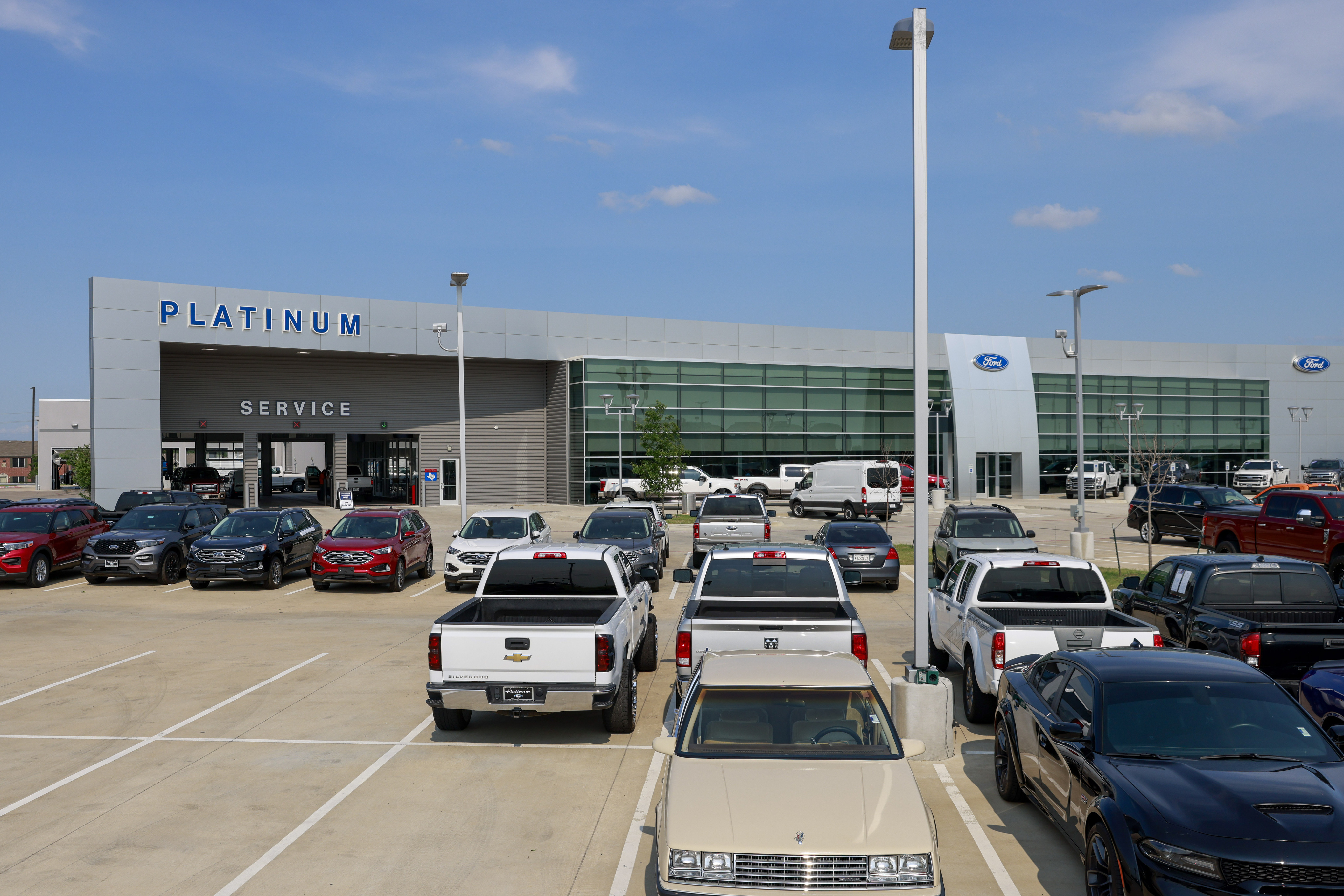
Credit: www.dallasnews.com
Factors Affecting Inventory
The global chip shortage has hit car production hard. Cars need many chips to function. But making chips is slow. Factories can’t keep up with demand. This leads to fewer cars being made. So, car lots stay empty. This problem might last for some time.
Labor shortages also hurt car production. Many workers left jobs during the pandemic. Some did not come back. This means fewer hands to build cars. Factories can’t work at full speed. This slows down making new cars. Fewer cars on lots means higher prices. This also means fewer choices for buyers.
Manufacturers’ Response
Car manufacturers anticipate car inventory to normalize by mid-2024. Increased production and supply chain improvements are key factors. Buyers can expect more options soon.
Production Adjustments
Car manufacturers are making big changes to their production lines. They are increasing shifts to boost output. Some factories are even running 24/7. This helps to make more cars quickly. Companies are also reallocating resources. This means they move parts and workers where they are needed most. Speed is key to getting more cars to market.
Investment In Technology
Car makers are investing heavily in new technology. Robots and automated systems can build cars faster. This makes production more efficient. New software helps to manage supply chains better. It tracks parts and materials in real-time. This reduces delays and keeps production smooth. Investing in tech helps car makers to meet demand quicker.

Credit: cyclingindustry.news
Market Demand Trends
Car inventory levels are expected to normalize by late 2023. Manufacturers are increasing production to meet rising demand. Buyers may see more options and better availability soon.
Consumer Behavior Changes
Consumer behavior has shifted a lot in recent times. People now prefer different things in cars. Many want more fuel efficiency. Others look for advanced tech. This change makes car makers adjust their production.
Shift To Electric Vehicles
The shift to electric vehicles is huge. More people want electric cars now. They are better for the environment. They cost less to run. Car companies are investing in this trend. This shift takes time. So, car inventory might take a while to return to normal.
Economic Influences
Car inventory levels may stabilize as supply chains recover from disruptions. Improved manufacturing and logistics can speed up this process. Recovery timelines depend on economic factors and industry adjustments.
Inflation Rates
High inflation rates can make car parts more expensive. This can slow down car production. Factories may face higher costs. This can reduce the number of new cars made. Inflation can also increase the prices of cars. This can make it hard for people to buy new cars. As a result, car inventory may stay low for a while.
Interest Rates
Rising interest rates can make car loans more costly. People may delay buying cars. This can affect the demand for new cars. Car dealers may not order as many new cars. Higher interest rates can also impact car manufacturers. They may face higher borrowing costs. This can slow down their production speed. Lower demand and slower production can keep car inventory low.
Government Policies
Trade rules can affect car supply. New rules may slow imports. This can make cars take longer to reach showrooms. Tariffs may make cars more costly. This may lower the number of cars sold. Changes in trade deals can also impact car availability. Import and export limits can change how many cars are available. Customs checks may delay car shipments as well.
Environmental rules can affect car production. New laws may require cleaner engines. This can slow car manufacturing. Emissions rules can change car designs. Factories may need to upgrade. This can cause delays. Electric car rules can also impact supply. More electric cars may need new parts. Factories must adapt to these changes. This can slow down production.
Expert Predictions
Experts predict car inventory may return to normal by late 2024. Supply chain issues have caused delays. Automakers are working hard to meet demand.
Short-term Forecasts
Car inventory levels are expected to improve soon. Experts believe more cars will be available in the coming months. Supply chains are starting to stabilize. Factories are working hard to meet demand. Buyers may still face limited choices. Prices might remain high for a while. Patience is key during this period.
Long-term Outlook
Improvement in car inventory may take time. Experts predict a return to normal by late next year. Car manufacturers are ramping up production. It could take months for full recovery. Buyers should expect gradual changes. The market will slowly balance out. Prices may eventually drop. Normal inventory levels are on the horizon.

Credit: www.facebook.com
Tips For Car Buyers
Buying a car now can be tricky. Prices are high. Choices are limited. Do research before visiting dealerships. Know what you want. Be flexible with options. Consider different brands and models. Check online reviews. Compare prices from multiple sources.
Plan your purchase ahead of time. Save money for a bigger down payment. This can lower monthly payments. Watch market trends. Wait for better deals. Look for sales events. End of the year often has discounts. Keep an eye on new inventory arrivals. Stay patient and prepared.
Frequently Asked Questions
When Will Car Inventory Stabilize?
Car inventory is expected to stabilize by mid to late 2024. The industry is recovering from supply chain disruptions. Demand and production are gradually aligning.
Why Is Car Inventory Low?
Car inventory is low due to supply chain issues. The semiconductor chip shortage has significantly impacted production. Additionally, high demand has outpaced supply.
How Are Automakers Addressing Inventory Shortages?
Automakers are increasing production capacity to address inventory shortages. They are also diversifying their supply chains. This helps mitigate future disruptions.
Will Car Prices Drop Soon?
Car prices are unlikely to drop soon. High demand and low inventory keep prices elevated. Prices may stabilize as inventory improves.
Conclusion
Car inventory levels are improving, but patience remains key. Many factors impact recovery timelines. Monitoring trends helps you stay informed. Dealerships continue to adapt and optimize. Stay flexible with your car buying plans. Inventory will normalize gradually. Keep an eye on market updates.
Remember, informed decisions lead to better outcomes. Car shopping requires persistence and awareness. Stay hopeful and prepared for opportunities.

